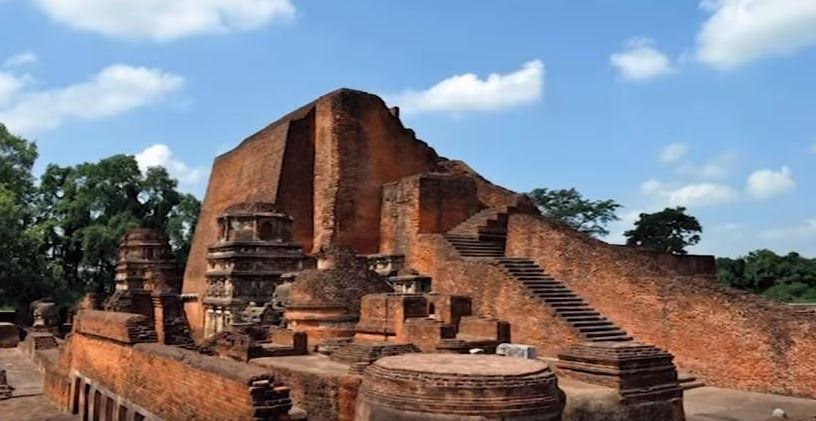People from every nook and corner of the country would undeniably agree that India has one of the most serene, beautiful and the most loved heritage destinations across the globe. With this, India is flying high as Bihar’s Nalanda University (more popularly known as Nalanda Mahavihara), one of the oldest study centers in India, has been added to the list of World Heritage Sites by UNESCO. This adds another feature to India’s World Heritage recognition.
Located at a distance of about 95 kilometers away from Patna, the ancient Nalanda University comprises of the archaeological remains of a monastic and scholastic institution dating from 3rd century BC to the 13th century AD. It consists of stupas, shrines, viharas (residential and educational buildings) and important works in stone, stucco and metal.
“Nalanda stands out as the most ancient university of the Indian subcontinent. It engaged in the organized transmission of knowledge over an uninterrupted period of 800 years. The historical development of the site testifies to the development of Buddhism into a religion and the flourishing of monastic and educational traditions,” UNESCO said on its website.
Nalanda was an important center of Vedic learning between 5th to 1200 AD with scholars from various parts of the world including China, Korea, Tibet and Central Asia gathering here for acquiring knowledge. The university blossomed under the Kingdom of Magadha, but was ruined in 1193 AD when it was attacked by Turkish army.
The site was left in a lurch since it was ruined. The remains of the university were recovered by The Archeological Survey of India (ASI) that began excavation of the site in 1915. Many sculptures, inscriptions and coins have been recovered from the site.
The ASI had sent a 200 page nomination dossier in January 2015 to the UNESCO. Later on, the expert team of International Council of Monuments and Sites (ICOMOS) had inspected the site in 2015. However, there were still speculations if whether or not, Nalanda would be declared as a heritage site by UNESCO as there were some technical flaws in the dossier submitted.
Ultimately, the ruins of the ancient university finally made to the list of World Heritage Sites by UNESCO with the Persian Qanat in Iran, the Zuojiang Huashan Rock Art Cultural Landscape in China, and the Ceremonial center of the Eastern Micronesia adding to the list.































